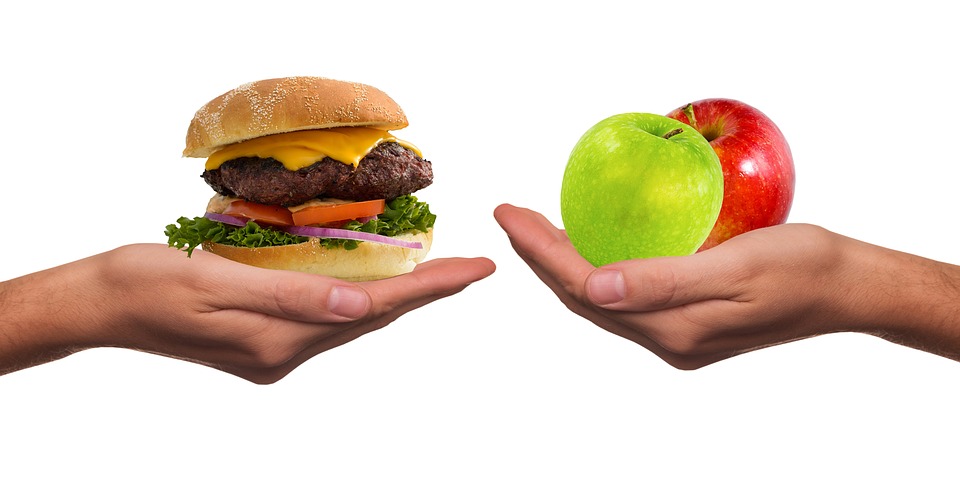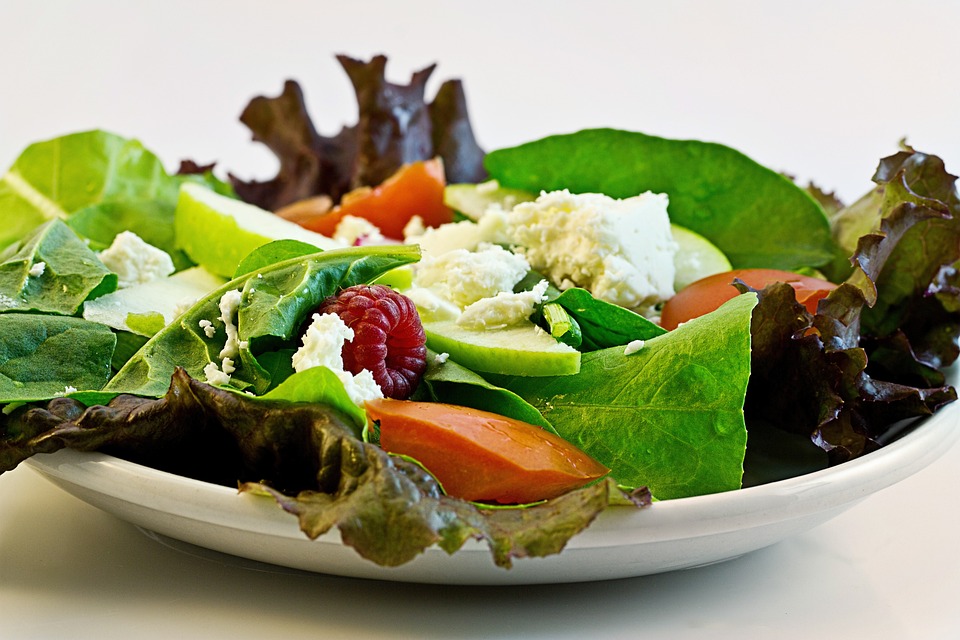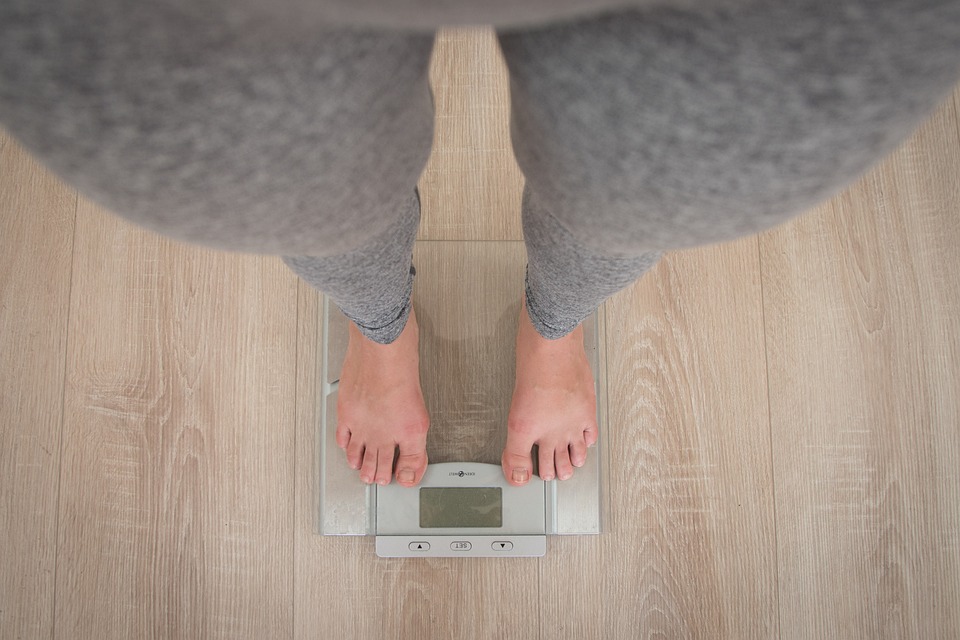Losing weight can be a challenging and daunting task for many people, but it’s important to remember that it’s not impossible. With the right mindset, approach, and support, anyone can make healthy lifestyle changes that lead to sustainable weight loss. In this blog, we will explore where and how to start losing weight, including setting realistic goals, making dietary changes, incorporating physical activity, and getting support.

Set Realistic Goals
The first step to losing weight is to set realistic goals that are achievable. It’s important to remember that weight loss is a journey, and it takes time and effort to achieve sustainable results. Start by focusing on small, measurable changes that you can make in your diet and exercise routine. For example, you might start by swapping sugary drinks for water, or going for a walk every day. Don’t set yourself up for failure by setting unrealistic goals that you’re unlikely to achieve. This will only lead to disappointment and frustration.

Assess Your Current Habits
Before you start making changes, it’s important to assess your current habits and identify areas where you can make improvements. Keep a food diary for a few days to track what you’re eating and drinking, and how much exercise you’re getting. This will help you identify any unhealthy patterns or habits that you need to change. For example, you might find that you’re eating too many processed foods, or that you’re not getting enough physical activity. Once you’ve identified these areas for improvement, you can start to make changes to your lifestyle.
Make Dietary Changes
A healthy diet is key to losing weight, and it’s important to focus on making sustainable changes that you can stick to over the long-term. Start by incorporating more fruits, vegetables, and whole grains into your diet, and cut back on processed and sugary foods. Portion control is also important, so make sure you’re eating the right amount of food for your body.

Some tips to help you make dietary changes are:
Focus on whole, nutrient-dense foods
These are foods that are rich in vitamins, minerals, and other nutrients, such as fruits, vegetables, whole grains, lean proteins, and healthy fats.
Cut back on processed and sugary foods
These foods are often high in calories, but low in nutrients, and can lead to weight gain and other health problems.
Drink plenty of water
Drinking water can help you stay hydrated, feel full, and avoid overeating.
Practice mindful eating
This means paying attention to your food, savoring each bite, and stopping when you’re full.

Incorporate Physical Activity
Exercise is an important part of any weight loss plan, and it doesn’t have to be a chore. Find activities that you enjoy, such as walking, swimming, or dancing, and make them a regular part of your routine. Aim for at least 30 minutes of moderate-intensity exercise most days of the week.

Here are some tips to help you incorporate physical activity:
Find an activity you enjoy
This will help you stay motivated and make exercise more enjoyable.

Make exercise a part of your daily routine
Schedule exercise into your day, just like you would any other important appointment.
Start small and build up
If you’re new to exercise, start with 10-15 minutes a day and gradually increase as you get stronger.
Mix it up
Try different types of exercise to keep things interesting and challenge your body in new ways.
Get Support
Losing weight can be a challenging journey, but it’s easier when you have support. Consider enlisting the help of a friend or family member, joining a weight loss support group, or working with a registered dietitian or personal trainer who can help you stay on track and provide guidance and accountability. Some ways to get support are:
Join a support group
This can be a great way to connect with others who are also trying to lose weight, share tips and advice, and provide motivation and encouragement.
Hire a professional
Consider working with a registered dietitian or personal trainer who can provide expert guidance and accountability. 
Enlist the help of a friend or family member
Having someone to exercise with or share healthy meals with can make the journey more enjoyable and motivating.
Use technology
There are many apps and online programs that can help you track your progress, set goals, and connect with others who are also trying to lose weight.
Finding Inspiration
Finding inspiration to lose weight is a great way to get motivated and stay on track. WisdomSpoon suggests:
Look to success stories
Reading about other people’s weight loss journeys and success stories can be inspiring and motivating. There are many blogs, books, and social media accounts dedicated to sharing stories of weight loss success.
Follow fitness influencers
Social media is full of fitness influencers who share their workouts, healthy meals, and motivational messages. Follow a few that resonate with you to get daily inspiration and tips.
Create a vision board
Visualizing your goals can help you stay focused and motivated. Create a vision board with images of your ideal body, healthy meals, and fitness inspiration.
Focus on non-scale victories
Losing weight is not just about the number on the scale. Celebrate non-scale victories like feeling more energetic, fitting into smaller clothes, and feeling more confident in your own skin.
Reward yourself
Set up a reward system for yourself for reaching milestones in your weight loss journey. This could be a new workout outfit, a massage, or a weekend getaway.

Remember, everyone’s weight loss journey is different, so find what works for you and stay committed to your goals. Losing weight can be a challenging and overwhelming process, but with the right mindset, approach, and support, anyone can make healthy lifestyle changes that lead to sustainable weight loss. With inspiration and determination, you can achieve your weight loss goals and improve your overall health and well-being.


